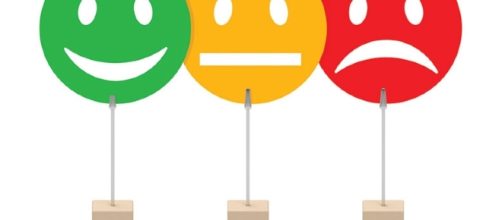Rising consumer expectations have reshaped the Student Experience. This is driven by the recent but rapid growth of the non-traditional student population. Traditionally the student experience has been defined by 18 to 22-year-olds fresh out of high school. They arrived on campus and allowed the institution to define when, why and how they learned.
Today the vast majority of students are non-traditional and they don't fit this profile. Instead, they're seasoned consumers who bring the same expectations that are called a selection process as they do to making any other major purchase.
This means that today the customer experience is actually a key differentiator for students, one that's going to make or break their decision to enrol in a given college/university.
Role in Customer Retention
Beyond enrolment, the 'customer experience' also plays a key role in retention. In a recent article on the evolution, a Provost wrote that interactions with the school's administrative bureaucracy are just a part of students everyday life, but if three of those interactions fail to live up to expectations that student is going to leave. Today's higher education marketplace is more open than ever before and students have more options than they've ever had. A bad customer experience is going to translate to a bad student experience and a bad student experience is going to translate to a high attrition rate.
So what can institutions do about this? The evolution community keeps talking about one thing over and over again and that one thing is the importance of making sure that students feel like valued customers from their first interaction with the institution through to completion and beyond.
Make the process intuitive and smooth for your students
Every step has to be informed by the consumer world's best practices. Think for a moment about a student's experience enrolling in a program, instead of choosing courses online they're selecting groceries at the supermarket. At the supermarket, you take the shopping cart for granted but imagine it didn't exist. You'd have to walk into the store, you'd have to find an item, you'd have to pay for it, walk out to your car, put it away and then come back and find the next item.
This would be incredibly frustrating and what's more, it would be really easy to forget something.
As a customer, you would immediately find a new grocery store regardless of the quality of their products. So why doesn't every school have an online shopping cart? It’s only reasonable to ensure that every aspect of a student's customer expectations that they have everywhere else are delivered by the institution as well. Indeed, higher education leaders need to take a moment to really understand the priorities of today's students, and they need to reshape their institutions to make sure they're following through on the customer expectations of today's learners.


